What is a cell resonance? When we say that we reached the resonant frequency of an object, it means that the frequency wavelength is able to fit exactly inside of the object. One frequency wavelength means a complete compression and expansion (rarefaction) cycle. In the image below, we see a circle representing a typical cell which is actually a sphere. The red line represents an X-Y plot of a frequency wavelength moving from left to right. The upward facing curve is a compression wave that a source has created to force molecules to move in a direction as a wave because they were all compressed in unison. The downward facing curve represents the expansion part of a wavelength where molecules are spread farther apart because the oscillation of the source has moved in the opposite direction. The physical dimensions of that wavelength is exactly the same diameter as the sphere.
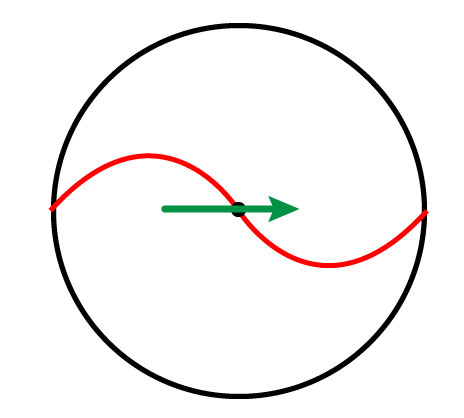
When the vibration wave strikes the edge of a container where the physical density on both sides of the wall are different, the reflected wave will flip its phase by 180 degrees and return back in the opposite direction. Keep in mind that we are applying different geometric principles of a 3 dimensional object into a 2 dimensional representation and an X-Y plot representation to a wavelength that doesn’t actually move in an up and down curve. The reference to change phase by 180 degrees might seem insignificant and too much information, but this phenomenon is at the core of resonance and standing waves. So stick with me for a few more minutes.
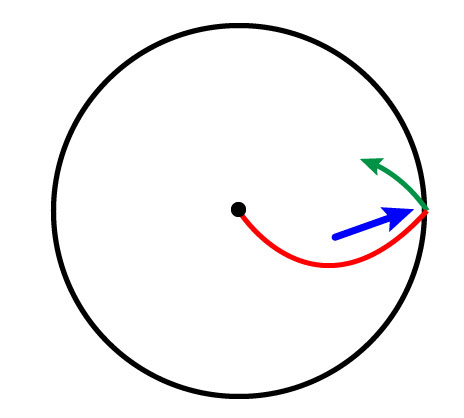
As the returning wave moves from right to left, it will follow the same path with opposite compression and expansion cycles. Again, this is important to the bigger picture.
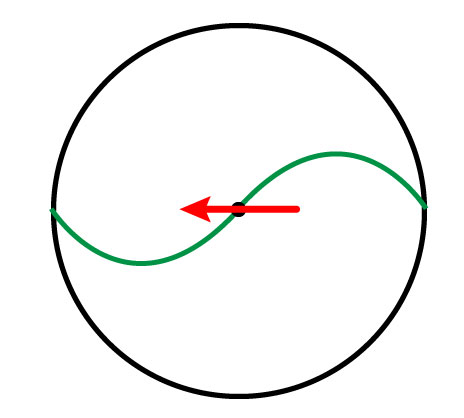
In reality, we are only looking at one path across this sphere from a source of vibration on the left with one specific path from left to right direction through the middle. This is where the resonance and standing wave phenomenon occurs because the reflection angle returns the exactly to the opposite direction rather than bouncing off at an angle. If this was pool or billiards, the ball would bounce off the bumper and come directly back to hit the end of the stick. All other angles will just bounce around the space until it runs out of energy.
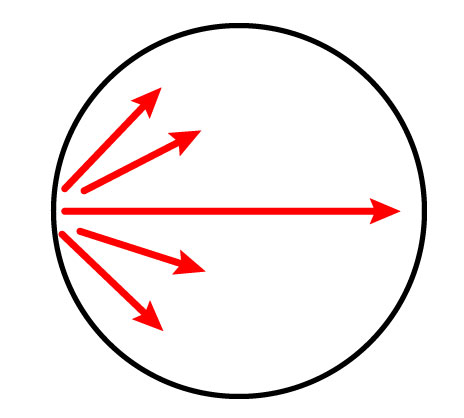
Here is where things get really interesting. To recap what we have already covered, the red wavelength travels from left to right and collided with the edge and returns back along the same path with a 180 degree phase difference. The green wavelength represents the return path. What we are seeing here are the properties required for a standing wave where the three blue dots remain in the exact same position and the two paths of travel are exact opposites of each other.
In the animation on the right, the red dots are representing the “appearance” of a standing wave were no movement occurs. In reality, the red dots (nodes) on the right and blue dots on the left represent a Constructive Interference where two similar frequencies are in phase with each other and reinforces the strength of the frequency wave at that time and location. Essentially, the outer edge of the container is experiencing a huge increase in volume or intensity because the return wave is exactly in phase at these locations. In other words, the frequency introduced into the container is exactly the same size of the container which creates standing wave nodes along the edges.
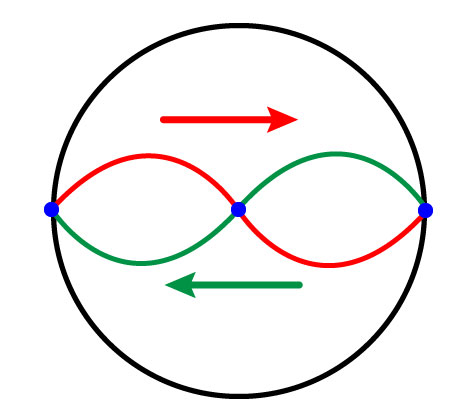
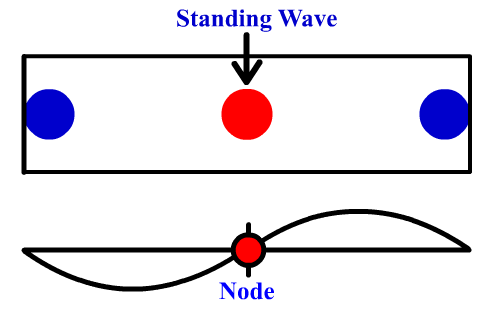
Now we can talk about why resonance is not a good thing. When a container receives a mechanical vibration matching the resonant frequency, the edges of the container are flexed slightly due to the reinforcement of the constructive interference. This makes the edge “wobble” and slightly change shape. As each new wave of vibration continues across the container, the new wavefront has an even greater influence on the outer edge as it tries to return to normal.
We can see this phenomenon in action in two examples. First, the video below shows what happens when a resonant frequency is introduced to a wine glass. We can see in the slow motion how the movement of the glass edge starts to wobble and flex which increases until the glass breaks.
Next, we can see this same phenomenon play out in the well publicized video of resonant frequencies “shattering cancer.” Once again, the resonance destroys the integrity of the cell membrane until it breaks apart. The additional harmonic they introduce as the “magic frequency” is just high enough to also create a resonance within the bi-lipid membrane of the cell. Also at play in this process is the physiology of cavitation bubbles which has their own resonance to cause these containers to pop as well to create even more destructive force.
Now that you have seen the facts, physics, and phenomenon responsible for cell resonance, why are we continually searching for magic frequencies to match a cell resonance especially if we end up destroying the cell membrane once resonance has been reached and maintained with appropriate intensity?
The Cell Resonance Theory might not be what you think it is, and we should have a really deep discussion on why we spend so much time in the Sound Healing community searching for these magic frequencies when the end result is so destructive.
In addition to the information provided in this article, I should also point out the needle in the haystack with trying to find the resonant frequency of a cell that is not always the same size at any given moment. If we DID determine a certain fixed frequency for a cell in the body, then not all cells are perfectly round containers. Some are cubes, columns, flat, and deformed as part of their replication cycle or compression of the tissue from movement or fluid pressure. Sound travels at different speeds across the cell depending on the density of substances within the container. At what point in this dynamic environment is a fixed tuning fork frequency going to match the properties of a cell to even consider introducing a resonant frequency for the purposes of “healing” it? Wouldn’t we better serve the cell and tissue by removing the barriers that prevent nutrients from reaching the cell surface or improper drainage from failed lymphatic valves?
We have much more to consider rather than just a magic fixed resonant frequency.

